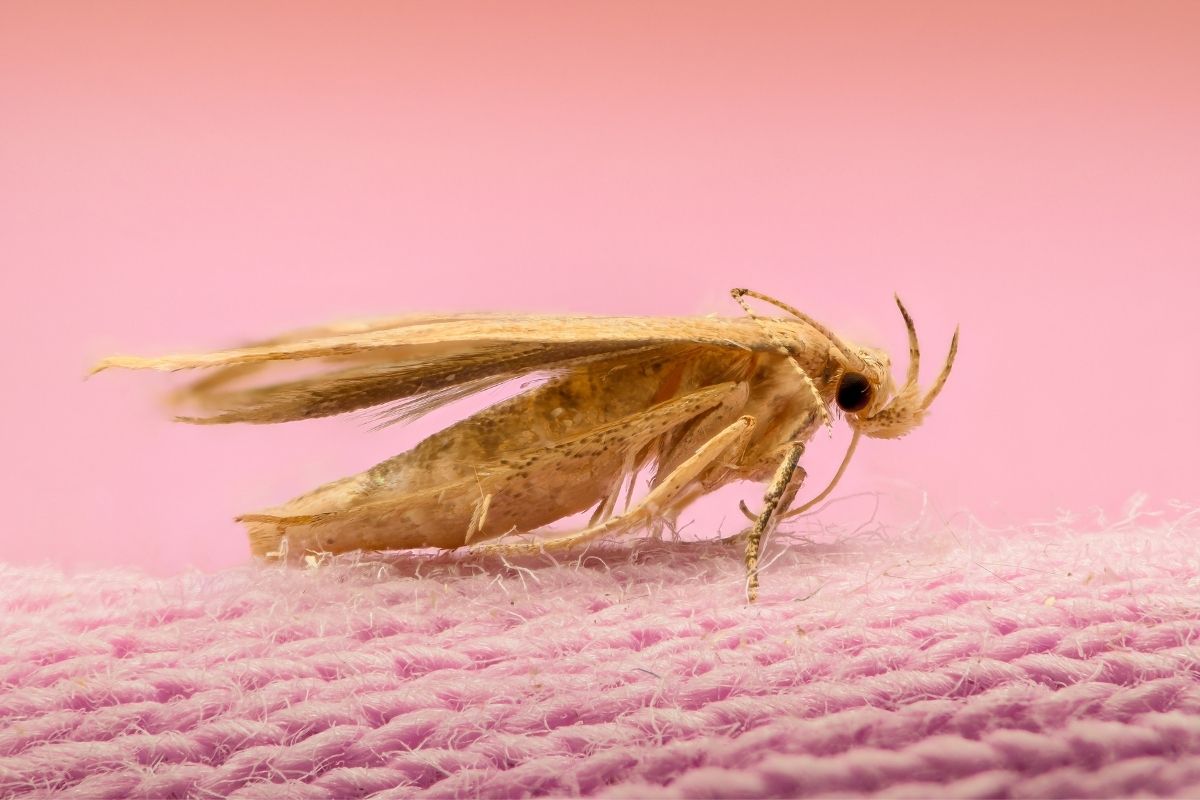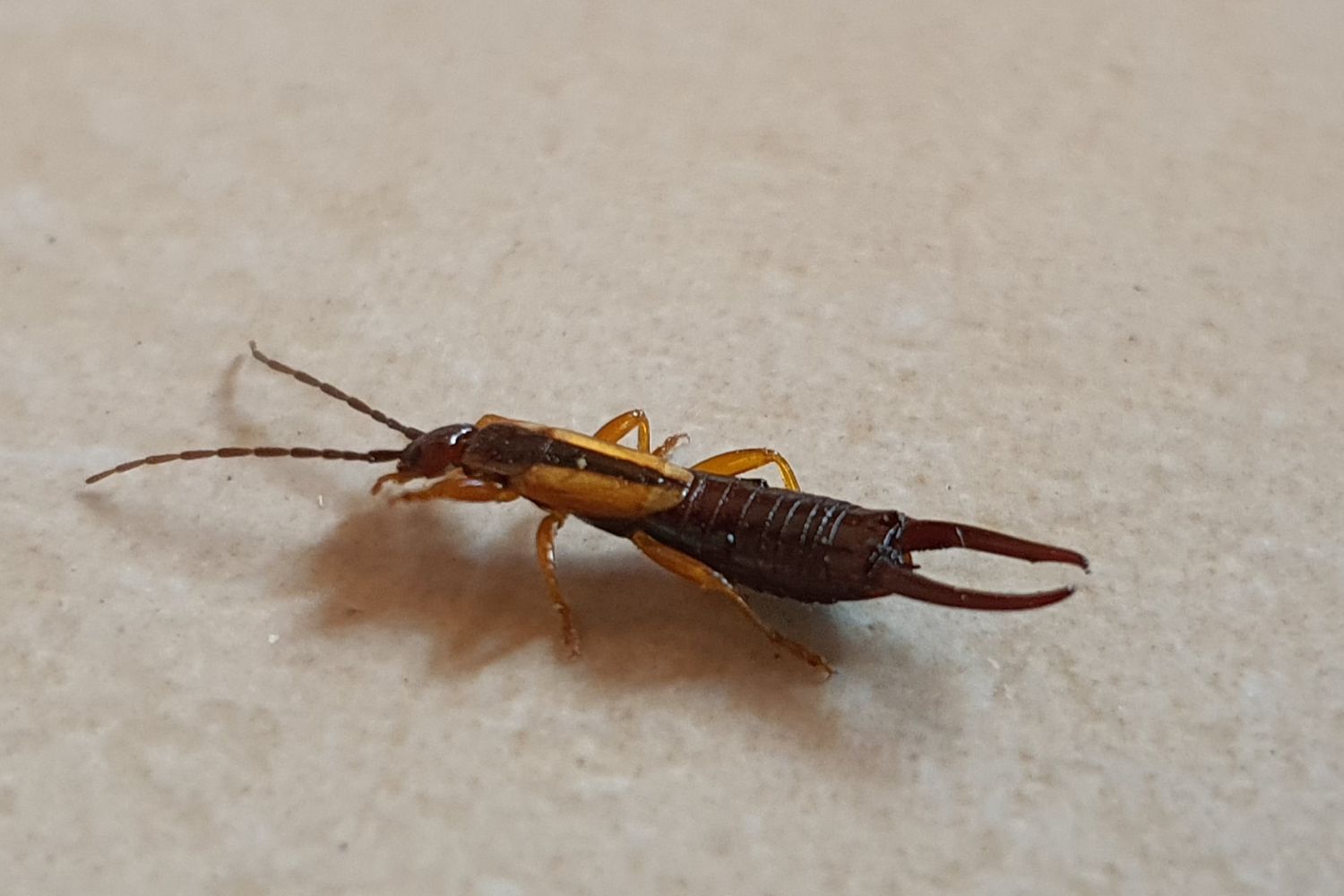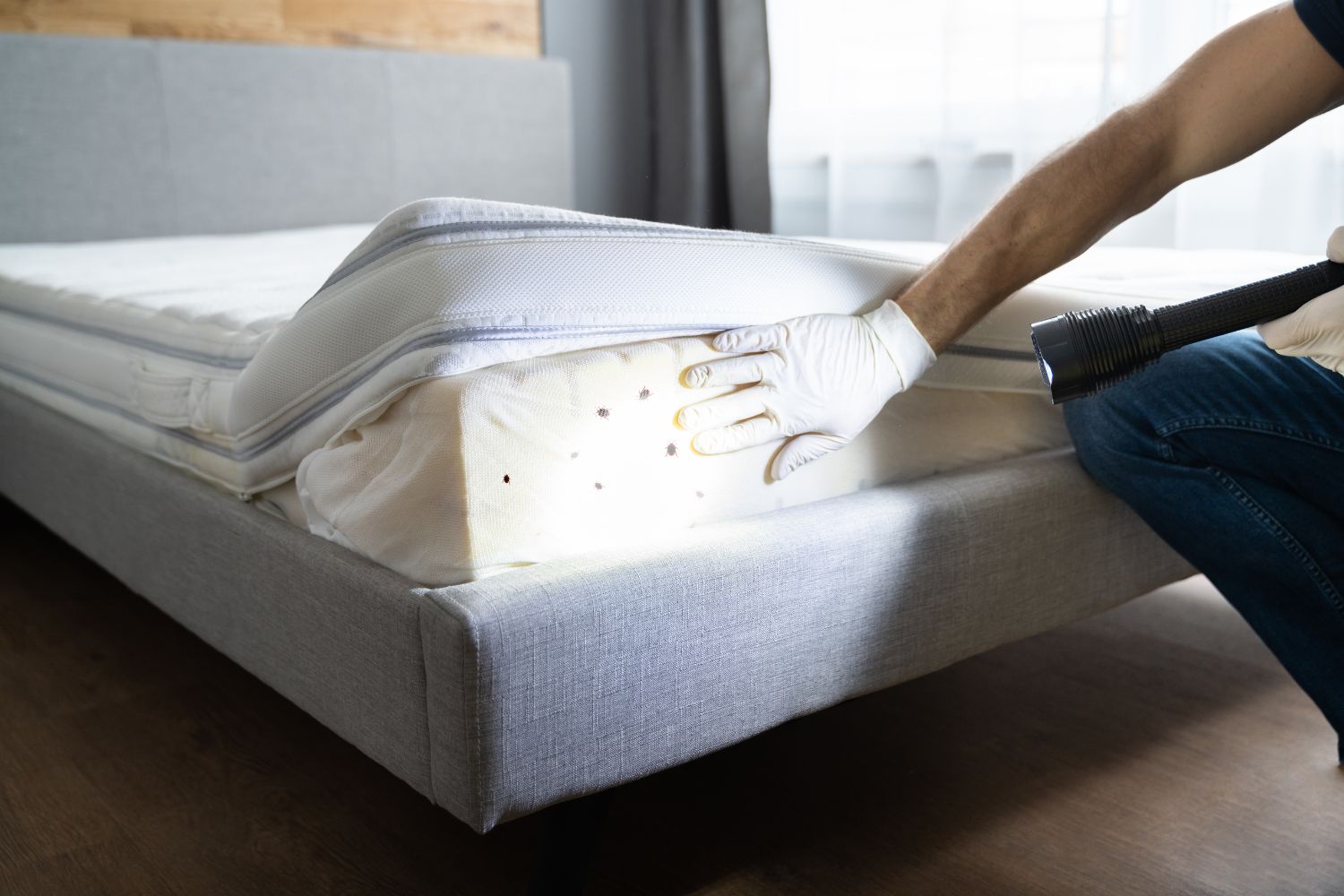How to get rid of carpenter bees with wd40? Can WD40 Get Rid of Carpenter Bees? In that case, how do you get rid of carpenter bees wd40?
How to get rid of carpenter bees with WE40? It will kill some adult bees and land on whatever you sprayed them with. The ones that land on it usually die because the WD40 has gotten into their breathing holes, but it does not last or solve your problem whatsoever. Using WD40 won’t help much because this bee spends most of its life inside your house as a larva.

What Are Carpenter Bees?
Carpenter bees get their name from their physical resemblance to bees that live in the genus “Xylocopa,” the most common of which is “X. tabaniformis orpifex,” also known as the valley carpenter bee.
Over 500 species and subspecies of carpenter bees worldwide and seven native carpenter bee species in North America. They vary in appearance and range from large bumblebees to small, stocky green or blue metallic bees about an inch long.
Carpenter bees don’t seem like much cause for concern when you see them flying around your home’s exterior. However, they’re more than simple house-dwelling insects; they can be downright destructive if they decide to chew out their nests in your home’s wooden supports, deck components, or trim. Let’s examine this insect in more detail.
What Do They Look Like?
Carpenter bees aren’t associated with anyone’s color appearance, though they often appear green or blue-black when viewed at a distance. However, if you get up close and personal with the insects, you’ll notice all kinds of different shades within that outer shell; carpenter bee colors can run anywhere from reddish-brown to black.
Their shell is made challenging by layers of scales – much like an armadillo! This natural outer coating protects their sensitive insides and camouflage against predators during their lives’ vulnerable early flying stages.
Carpenter bee size varies, too. They can be as small as a quarter of an inch (7mm) or grow to almost half an inch (12 mm) long. Their wingspan is usually about 1.5 inches (38 mm). And like other bees, they’re equipped with two antennae, six legs, and large eyes that meet in the middle of their faces.
Carpenter Bees’ Favorite Things to Eat
So why are carpenter bees so fond of our homes? It all comes down to preferred food sources. Like most bees, carpenter bees need nectar and pollen to survive. However, unlike some species of bee whose tastes lean toward flowering plants outside your home’s walls, carpenter bees are more into the woodwork.
Most of the time, they’re looking for sap-bearing trees with soft, pithy centers – not the hardwood you see when you look at your home’s support beams or structural components. These bees rely on holes made by other insects to bore out their nests in favored trees like cottonwood, willow, and poplar trees.
Once they find a sturdy tree to use as its base, carpenter bee larvae create networks of tunnels to live, inviting mom back every mating season to lay her eggs within them; each tunnel can house up to 6 new baby bees.
If these same holes get drilled into exterior walls or wooden supports of your home’s structure (or even decks), then that’s where the bees will set up housekeeping.
Preventing Carpenter Bee Infestations
Fortunately, if you’re aware that bees have begun nesting around your home’s exterior by chewing away at trees and wooden surfaces, then there are some simple steps you can take to prevent an infestation in the first place. Here are a few tips:
- When planting trees or flowers near your home’s exterior, leave enough space between them and the outer walls of your house so sap drips down from the branches rather than spraying fluid all over where carpenter bees would enjoy feeding on their sap.
- Keep wooden decks, trellises, play equipment, and other outdoor surfaces far away from your home’s exterior walls, so carpenter bees don’t feel at home nesting in them.
- Inspect the wood siding on your house for any holes or cracks that would allow an opening into your walls, then patch them up using exterior caulk to prevent any future infestations.
- Hiring professional pest control services can help you assess whether female carpenter bees nest around your home or inside it. Not only will they tell you if there are nests present complete with eggs and larvae, but they’ll also make recommendations on how to handle bee problems safely without endangering either the bees or your family.
If you’ve noticed any bees flying around your home’s exterior, it may be time to set up an appointment with a pest control company for more advice on handling the problem safely.
A professional can help you get rid of infestations before they get more extensive, and they’ll also keep them under control in the future so that your house doesn’t look like Swiss cheese!
How to get rid of carpenter bees WD40? Is it even possible?
What if I do it myself? How to get rid of carpenter bees WD40?
It will kill some adult bees and land on whatever you sprayed them with. The ones that land on it usually die because the WD40 has gotten into their breathing holes, but it does not last or solve your problem whatsoever. Using WD40 won’t help much because this bee spends most of its life inside your house as a larva. Some adults may die if you spray outside, but there are still larvae inside that will hatch out next year.
The more problem you have with carpenter bees, the less likely spraying will help. You need to figure out where they are nesting and seal off any entrance points into your house. No bee spray kills larvae! Adults can be killed with any aerosol contact killer you buy at hardware stores, but not the larva.
You don’t want to use anything flammable or explosive on them either because there is a possibility it could ignite and burn down your house.
That’s why I always recommend people find an exterminator specializing in this type of thing because you’re dealing with fire hazards and something very hazardous for humans to work around (bees inside the wall). Trust me; there is nothing worse than trying to find a bee inside the wall of your house.
Carpenter bees are not aggressive toward people or pets because they do not have a stinger. They usually will not bother you unless you directly disturb their nest entrance. To get rid of carpenter bees, you need to seal off any entrance points into your house and kill the larva already in there with a special powder that exterminators will use.
It doesn’t matter whether spring, summer, fall, or winter; carpenter bees live year-round as larvae inside wood areas. You need to address the problem as soon as you first notice them because the older the situation gets, the more damage it will cause. It’s much easier and cheaper to fix it before it becomes a more significant project.
What To Do if You Have a Carpeted Area in Your House with Bees in the Walls?
The larva will hatch out next year from wherever they nest inside your walls. There is no easy way around this. Even if you seal off that exact location, there is always a possibility that there may be another entry into your house higher up or at a different point. This is why I never suggest people use WD40 to get rid of bees unless their infestation is minor and all entrances have been sealed off.
Sealing the entrances around your foundation is very important if you want to get rid of carpenter bees for good. Many people forget about the openings near the roofline and focus on sealing where it meets their foundation, but that’s not enough! This is what you need to do: Seal All Openings Into Your House.
They can enter inside straight in from above, or even worse. They can go out an open window and come back in again at a higher point than where you’ve already sealed it.
It would be best to seal up any screens, vents, or other gaps in your house and check along the roofline where the shingles meet each other for openings because this is another point they like to get in and out of your home. Also, seal any issues where AC and plumbing lines (pipes, cables) go into the house if possible.
Be very careful about sealing openings! It would be best if you moved freely into and out of your house by checking all these spots over several weeks after you do the initial sealing.
If there are any problems, such as an entrance still open (which can happen with larger holes that bees crawl through), you must find them all, so you don’t trap them inside or keep trapping bees trying to get back out again. Otherwise, they will keep multiplying, and you’ll have an even bigger problem than what you started!
Getting Rid of the Larva Once All the Entrances Have Been Sealed Off
The way to do this is by applying a carpenter bee treatment powder to everything they’ve been entering/nestings, such as around windows, doors, and any other entry point. This powder will kill the larva on contact, so you mustn’t breathe in too much of it or get it in your eyes because it can be harmful.
They usually like to infest window and door trim. Still, if one spot has already been treated with powder and another entrance is found higher up, they’ll enter at the more elevated spot without bothering to re-enter where the powder was used. Do not underestimate them! If you don’t treat every single entry point, you won’t get rid of carpenter bees.
Related Posts
-
How Do You Get Rid of Moth?

How do you get rid of moth? When you buy a new pair of shoes, you always get a small bag with beads with DO NOT OPEN in the box. Do you know what it is for? For months, of course. Moths can be real little temptations. Of course, they are harmless to humans, although…
-
How Do You Get Rid of Earwig?

How Do You Get Rid of Earwig? Did you hear that earwig can crawl into your ear? No, they can’t. It is just a myth. Earlier it was believed that an earwig enters the ear, so this bug got its name from it, the ear wiggler. In Germany, it is called an earworm. These bugs…
-
Where to sleep if you have bed bugs?

Are you looking for sleeping options if you have bed bugs? But where to sleep if you have bed bugs? Discovering that you have bedbugs can make you and your household panic. Bed bugs are reddish-brown parasites that feed on humans and animals. So you and your pets can be at the mercy of bed…
